With many buildings becoming unexpectedly low occupancy Schneider Electric outlines 10 of the best practices for reaching peak energy efficiency in this new environment
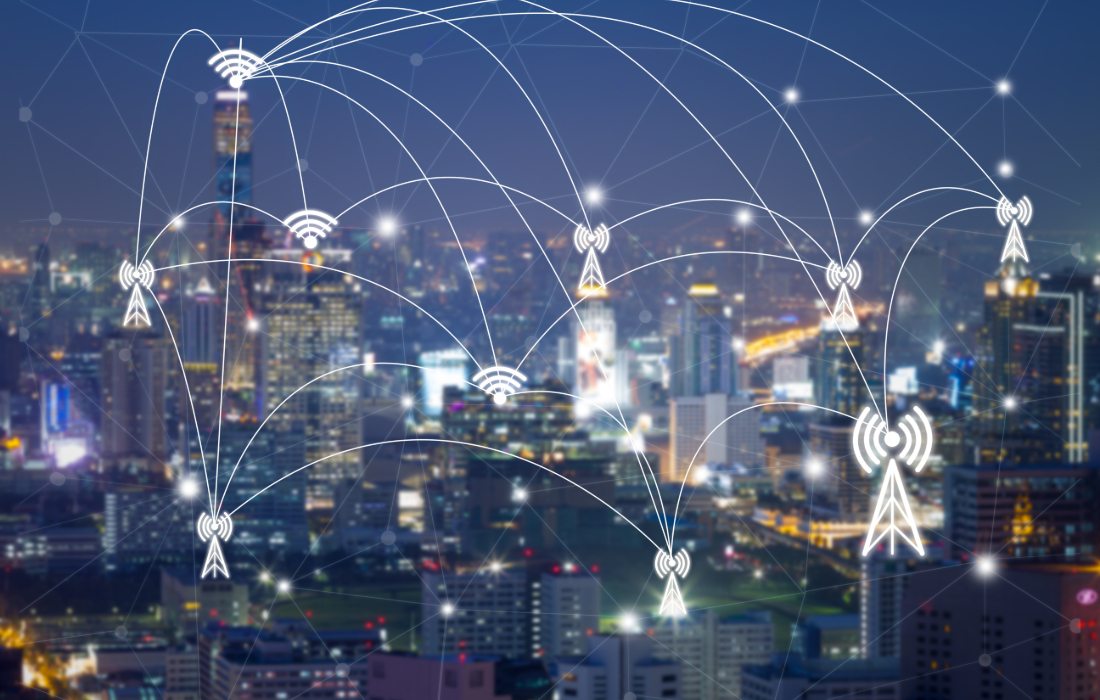
May 27th, 2020
In countries such as the US, many building owners and managers are facing, perhaps for the first time, low to zero occupancy. This may also soon be true for Singapore, this is an unprecedented moment and many questions need answering. Question like:
Schneider Electric offers answers to these questions by laying out 10 best practices on energy efficiency, safety, and reliability for low-occupancy buildings.
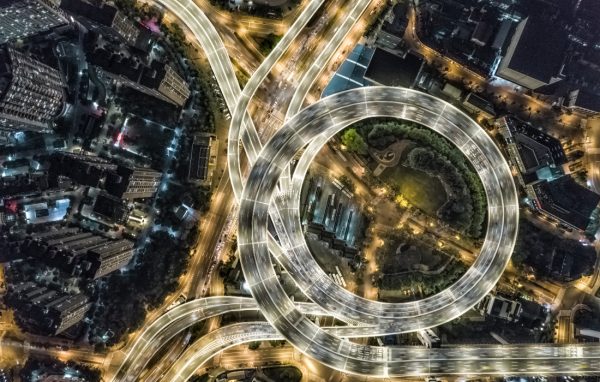
Important first steps
Before beginning, it is recommended you reach out to your service partner, if you have one. This partner should be able to help you complete much of the work laid out in this guide, either remotely or on-site.
If you do not have a service partner, Schneider Electric has offered some tips on how your own team can get started.
Checklist: 10 best practices for efficient low-occupancy buildings
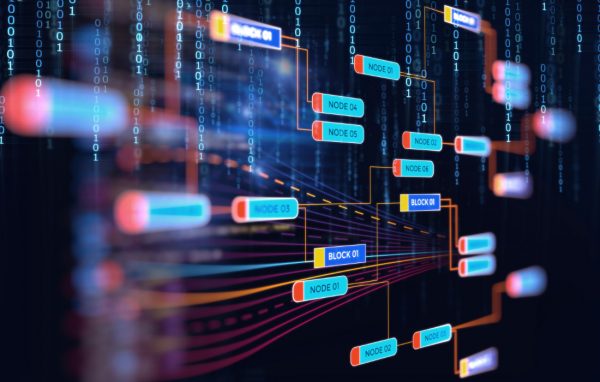
Going beyond the low-hanging fruit
This 10-part list was just the basics of what you can do to drive efficiency in buildings during low occupancy. Every building is different and will have unique savings opportunities.
For a deeper dive, There are more tips and details here.
If you’re unsure about getting this work done yourself, Schneider Electric’s field service engineers can help, whether face-to-face or remotely. Their service hotline is at +65 6484 7877 or you can contact your local account representative to get started.
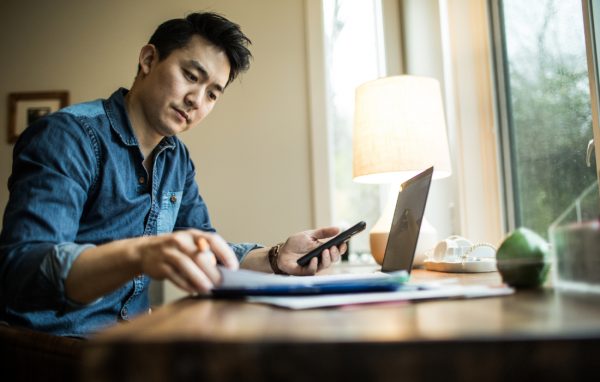
INDESIGN is on instagram
Follow @indesignlive
A searchable and comprehensive guide for specifying leading products and their suppliers
Keep up to date with the latest and greatest from our industry BFF's!
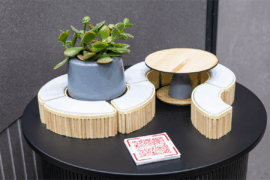
From the spark of an idea on the page to the launch of new pieces in a showroom is a journey every aspiring industrial and furnishing designer imagines making.

For a closer look behind the creative process, watch this video interview with Sebastian Nash, where he explores the making of King Living’s textile range – from fibre choices to design intent.

MillerKnoll releases the 2025 Better World Report showcasing how design can drive meaningful change through measurable progress across social, environmental and governance initiatives

BLP’s new Sydney Children’s Hospital, Randwick building brings together paediatric care, family-centred design and Australia’s first Children’s Comprehensive Cancer Centre in a major addition to the Randwick Health & Innovation Precinct.
The internet never sleeps! Here's the stuff you might have missed

BLP’s new Sydney Children’s Hospital, Randwick building brings together paediatric care, family-centred design and Australia’s first Children’s Comprehensive Cancer Centre in a major addition to the Randwick Health & Innovation Precinct.
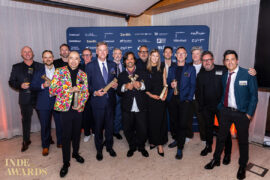
With the opening of the 2026 INDE.Awards program, now is the time to assess your projects, ensure photography is at hand and begin your submissions.